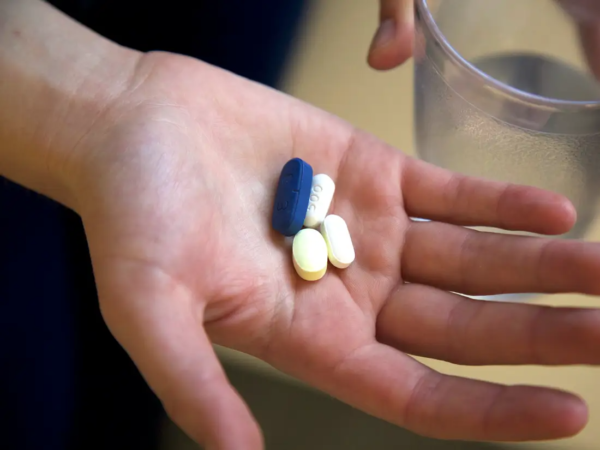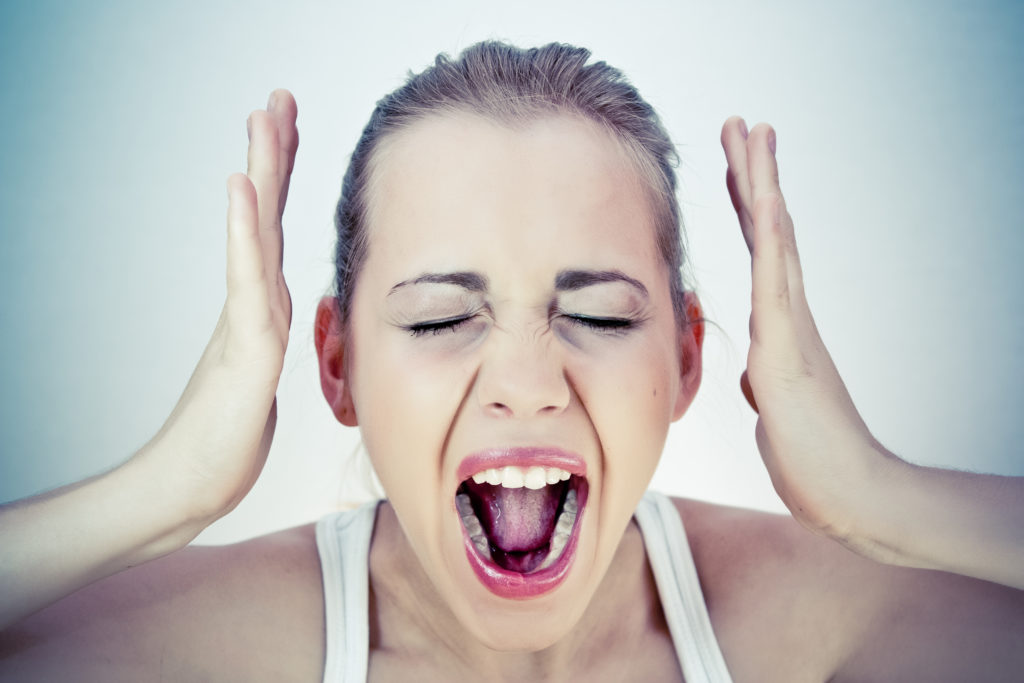A migraine is a particular form of a headache, manifested by seizures that can last from several hours to several days. The frequency of attacks varies from one person to another, ranging from several seizures per week to a crisis a year or less.
Migraine Treatment: The Causes
The bad news is that 8% of people suffer from migraines, most of which result from a combination of triggers. The good is that they are generally preventable, especially if you can identify what you are sensitive to. Tyramine, found in cheese, processed foods, wine, and beer, is a common trigger. Wheat, eggs, tea, coffee, chocolate, milk, beef, corn, cane sugar, and yeast can also cause a crisis. Many Canadians suffer from a magnesium deficiency, another possible cause of a migraine. It is possible to try magnesium supplements.
The amount of food eaten is also important: too much sugar or carbohydrates and starches are not recommended; plus, pay attention to blood sugar. The insulin released from the pancreas to the control can cause a migraine. We must emphasize the rich snacks in fiber and consume omega-three fatty acids and proteins at each meal to regulate blood sugar and reduce inflammation.
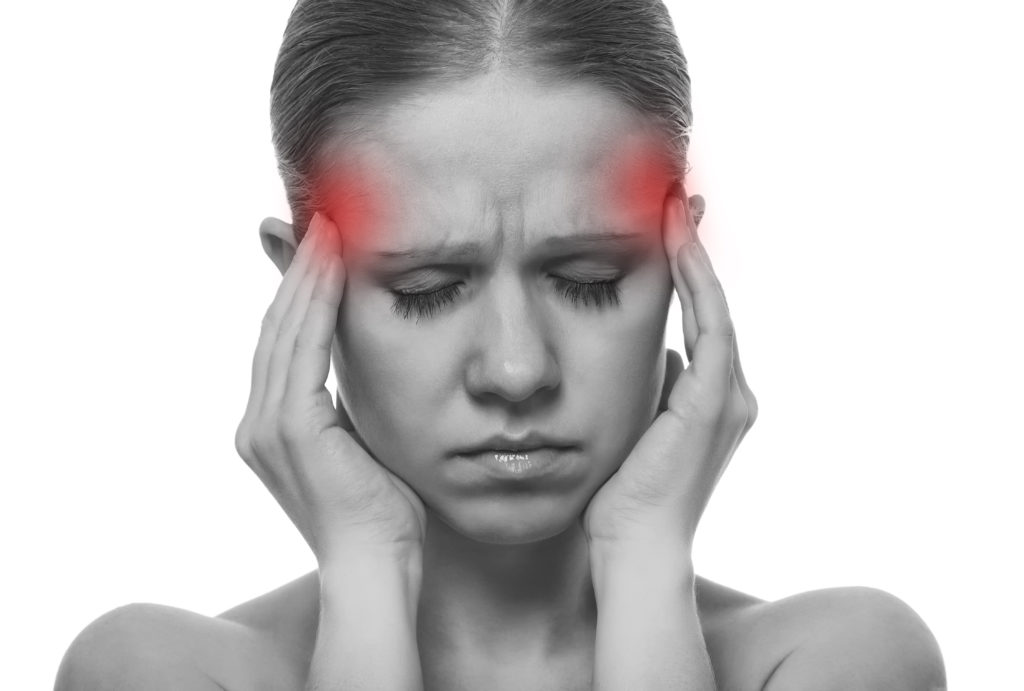
Migraine Treatment: Prevalence
Migraine affects about 12% of adults, with women three times more affected than men. A recent study revealed that 26% of Canadian women affected, seizure frequency varies greatly. A migraine is also common in children and adolescents (5% to 10%), with whom she is often under-diagnosed. According to Updates in the general population, 17% of women and 6% of men suffer from migraines. In 30-39 years, it would be 24% of women and 7% of men.
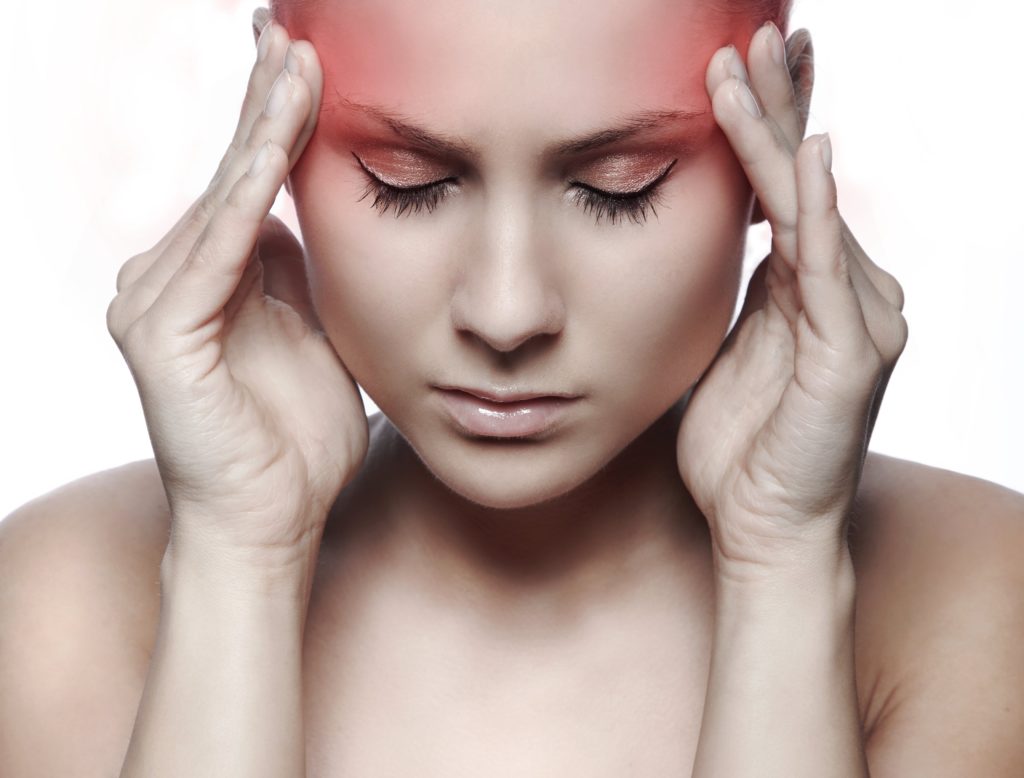
Migraine Treatment: Evolution
The frequency of migraine attacks varies greatly from one individual to another. Some people have a few per year, while others have 3 or 4 months. In some cases, seizures can occur several times a week, but seldom daily. The first attacks usually appear during childhood or young adulthood. Beyond 40 years, migraines are rarer and often disappear after 50 years.
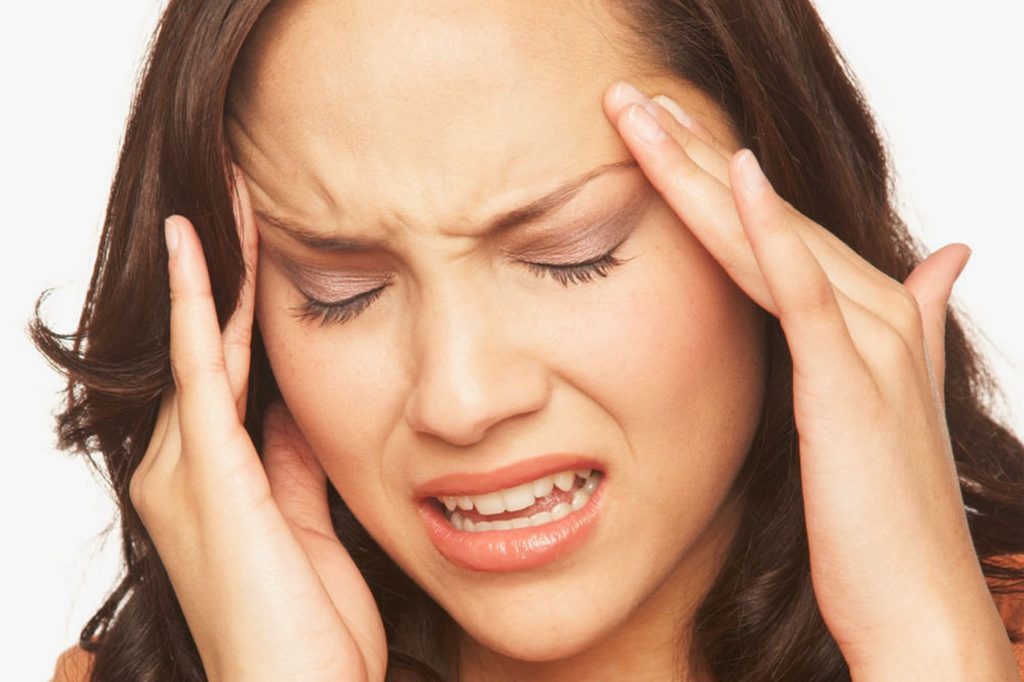
Mechanisms of migraine
It is not known why some people have headaches, tension headaches (caused by nervous tension or anxiety) or migraines and why others have simply never, even if they expose to the same triggers. From 1960 to 1990, it was believed that migraines were primarily caused by vascular changes: a narrowing of blood vessels (vasoconstriction) that surround the brain, followed by swelling (vasodilation). However, research conducted later showed that the cause of migraine is much more complicated. Indeed, it is a whole cascade of reactions in the nervous system that causes this intense headache. A neurological mechanism was recently discovered to explain why light exacerbates the migraine pain .this chain reactions have effects not only on the blood vessels but also on inflammation, neurotransmitters, and other elements. Without fully understanding the mechanisms of migraine, we know still getting better triggers, and ways to combat it.

Do I have a migraine or a tension headache?
Tension headaches are headaches that result in a feeling of tightness in the forehead and temples. It is not a migraine. People who have occasional tension headaches remain broadly inconvenience by their headache. Moreover, they rarely seek medical attention for this reason. Punctual or chronic tension headache is often caused by nervous tension or anxiety. It does not cause nausea or vomiting.
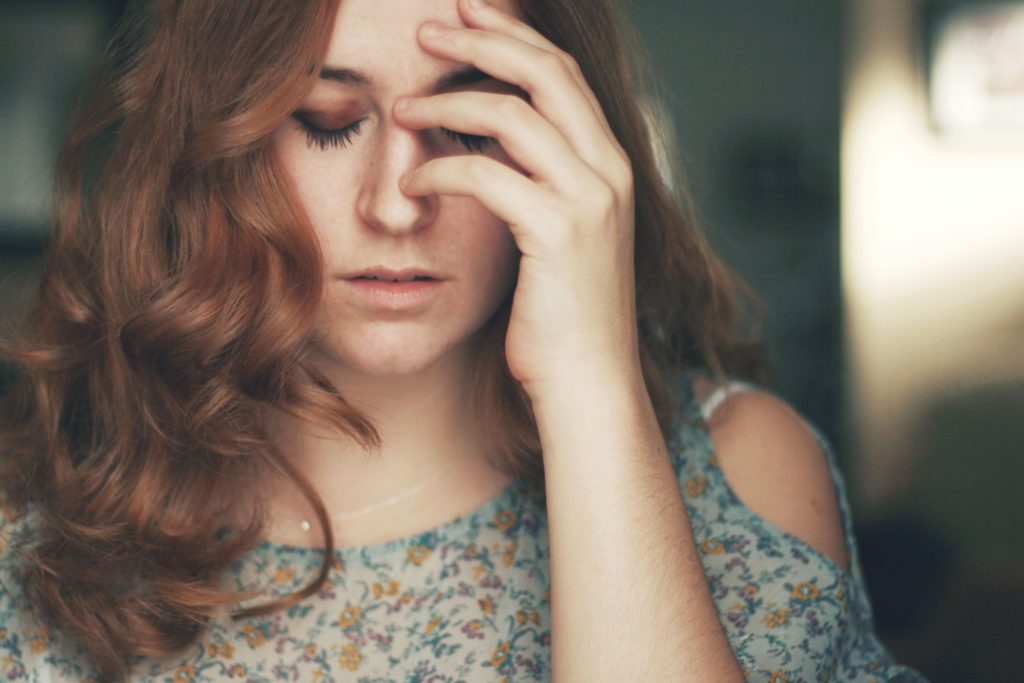
Migraine Treatment: Complications
Even if the pain they cause is very intense migraine attacks have no immediate health consequences. However, recent studies have shown that migraine, particularly those accompanied by aura, is a long-term associated with an increased risk of cardiovascular disorders. The risk of myocardial infarction would be multiplied by 2 in migraine. The mechanisms are not well understood. It is, therefore, essential to adopt a healthy lifestyle to reduce cardiovascular risk: not smoking, eating well, and play sports regularly.
Furthermore, migraine can significantly impair the quality of life for people who suffer. It is also a major cause of absenteeism from school and work. Hence the importance of consulting a doctor to find an effective treatment.

Migraine Treatment: Symptoms
In most cases, the migraine attack occurs without warning. In some people, however, the crisis is preceded by an aura or a few signs, which vary from person to person. A person may have seizures without aura, and others with aura.
The aura
This neurologic phenomenon lasts 5 to 60 minutes, and then the headache appears. The person, therefore, knows in advance that within a few minutes, there will be a severe headache. However, it also happens that the aura is not followed by a headache. The aura can manifest in different ways:
- Visual effects: flashing lights, bright colors of lines, double vision
- Temporary loss of vision in one eye or both eyes
- Numbness in the face, tongue
- More rarely, a major weakness on one side of the body, akin to paralysis (called in this case hemiplegic migraine)
- slurred speech
Common warning signs
They precede a headache from hours to 2 days. Here are the most common.
- Fatigue
- Stiff neck
- Cravings
- Skin deep emotions
- Increased sensitivity to noise, light, and odor
The main symptoms
The main symptoms of migraine, last from 4 up to 72 hours, are:
- A sore head more intense and longer-lasting than regular headaches
- Localized pain, often concentrated on one side of the head
- Throbbing pain, throbbing, pulsating
- Nausea and vomiting (often)
- Disturbances of vision (blurred vision, black spots)
- Feeling cold or sweating
- Increased sensitivity to noise and light (photophobia), which often forces isolation in a quiet, darkened room
Note. A headache is often followed by fatigue, difficulty concentrating, and sometimes a feeling of euphoria.
Besides, pay attention to certain symptoms; if occurred, it’s recommended to see a doctor:
- If it is a first severe headache
- In the case of trouble very different head of the usual headaches or unusual symptoms (fainting, loss of vision, difficulty walking or talking)
- When migraines are increasingly painful
- Triggered by physical exercise, sex, sneezing or coughing (note that it is normal that migraine has already intensified during these activities)
- Headaches occur after a head injury

How to prevent and cure migraines
To cure migraines, doctors usually prescribe medications, calcium channel blockers, beta-blockers, antidepressants, or antiepileptic.
- Narcotics, Botox injections, and triptans, a new class of drugs stimulating serotonin (Imitrex, Maxalt, and Zomig), could also help.
- Reducing stress through acupuncture or biofeedback, which uses technology to control the pain signals better, is also beneficial.
- Better hydration and good blood glucose control can sometimes give result.we could finally try one or more natural remedies: magnesium, 5-HTP, butterbur, melatonin, vitamin B2, coenzyme Q10, probiotics and omega 3. Large variations hormone may increase the frequency and intensity of migraines.
- Finally, encourage your relatives with migraines to take tests at your health care provider to find the most suitable treatments.
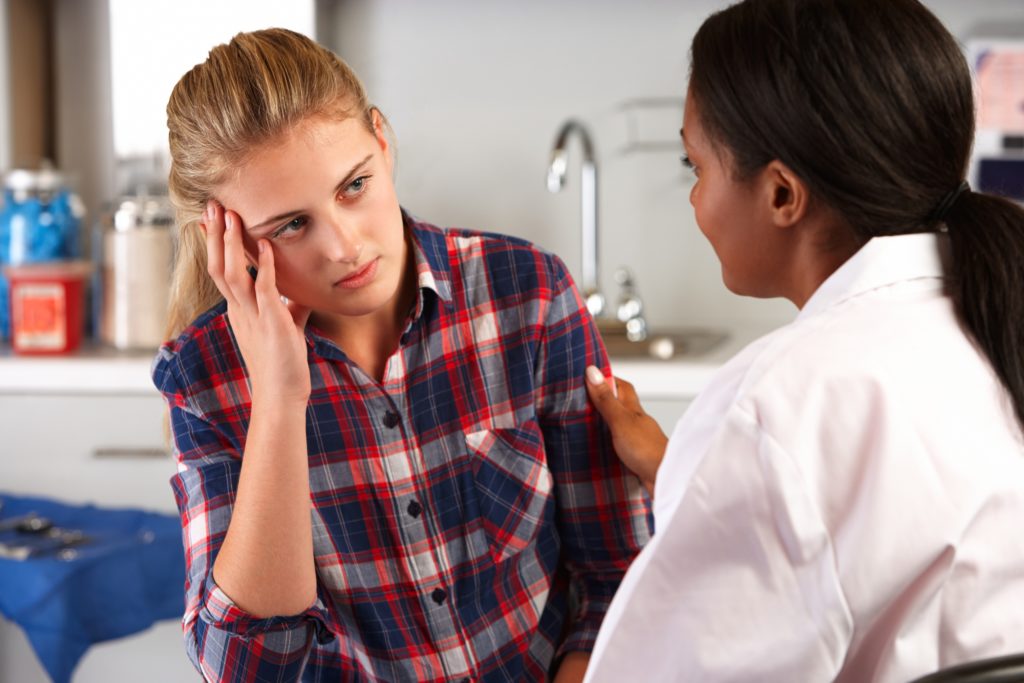
Migraine Treatment: Sport to counter migraines
Physical activity is effective against migraines. This is an excellent way to lose weight when everything suggests that obesity is a risk factor. It also helps relieve stress that causes migraines.
Yoga and tai chi, which relaxes and deep breathing, are particularly beneficial. A Swedish study has shown that three 40-minute sessions of exercise a week was as effective in preventing headaches that medication and relaxation techniques. Another study suggests that regular exercises that stimulate cardiovascular activity, such as running or cycling, help prevent headaches. The exercise, however, triggering factors, record your sessions to verify that your workout, exceptionally if intensive and dynamic, not part of the problem. Warm-up properly to avoid any sensation of a sudden and risky endeavor.

Migraine Treatment: Drug prevention
The so-called drug “prophylactic” does not cure a migraine, but it intended to reduce the intensity and frequency of attacks. They constitute a basic treatment and generally taken every day. The preventive effect may take 2 to 3 months to manifest. These drugs are usually prescribed to people who suffer from migraines frequently (3 or more seizures per month) and whose activities disturbed enough to warrant medication. But there is really no established rule: initiation of treatment discussed case by case with the doctor. You should know that some drugs have side effects, and their long-term effectiveness is not guaranteed. However, for people with severe and frequent migraine prophylactic drugs, they are a blessing.
The most commonly prescribed medications are:
- Beta-blockers, e.g., propranolol (Inderal) and timolol (Timol®), apart from migraines, these drugs are commonly used to treat hypertension and cardiovascular disorders. Other anti-hypertensive, such as lisinopril (Zestril), may also be effective
- Calcium channel blockers, particularly flunarizine
- Anticonvulsants (such as valproate, topiramate, gabapentin), which may, however, result in significant-high dose side effects (nausea, vomiting, diarrhea, etc.)
- Tricyclic antidepressants in low doses (amitriptyline). Other antidepressants such as venlafaxine (Effexor), are also used
- Vitamin B2 (riboflavin) to fill some gaps of brain cells in people with frequent migraines;
- Hormone replacement therapy (estrogen gel) is given to reproductive-age women whose migraines are related to hormonal fluctuations during the menstrual cycle.
